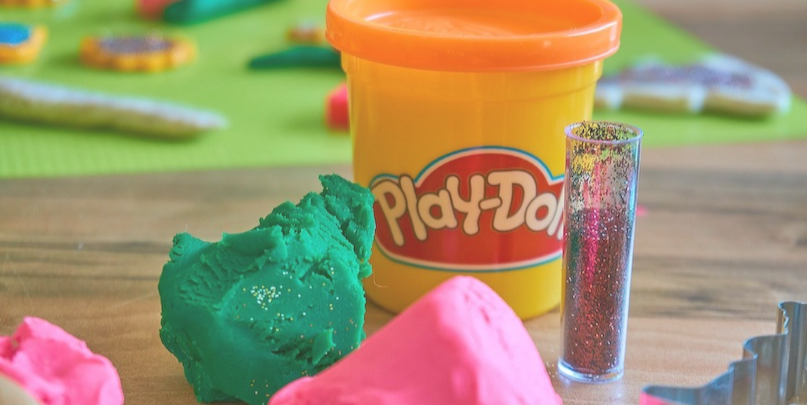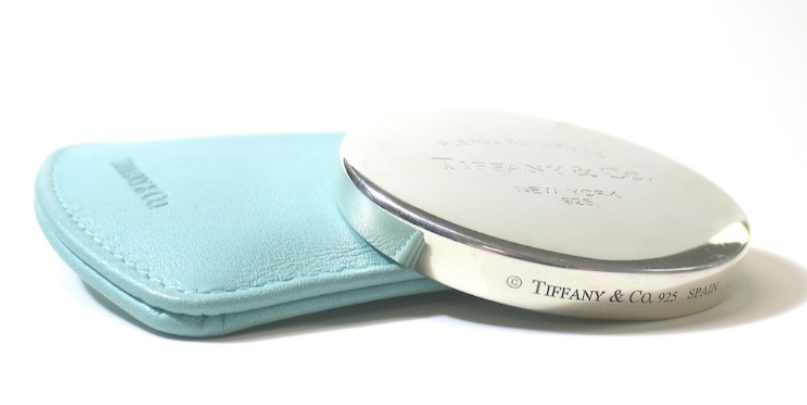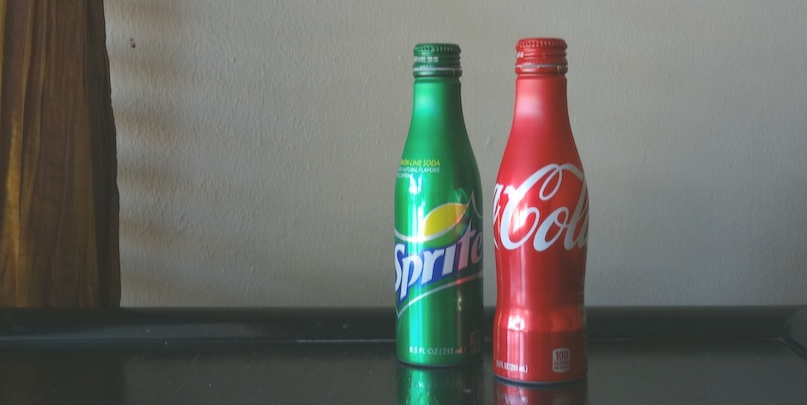Create Time 2019-06-13 11:06 Views:17305

If you look up “trademark” in the Oxford English Dictionary you will find: “A symbol, word, or words legally registered or established by use as representing a company or product.” Trademarks are used to protect brand names, slogans, tags, and designs. Take the company, Nike. There’s the name, “Nike,” the slogan, “Just Do It,” and the famous swoosh logo.
For years this definition has held true in Canada; now everything is about to change.
The 2019 changes to Canadian trademark law won’t get rid of traditional marks. Traditional marks break down into:
Word marks — a word or combination of words that is distinctive and identifies your brand. “I’m Lovin’ It.” What did you think of? Exactly.
Design Marks — these are designs such as distinctive logos that distinguish your brand. For instance, even those who are not car enthusiasts can identify the manufacturer by the logo on the car.
With the new Canadian trademark law changes in 2019, there is now an opportunity to spread out, get creative, and make room for modern innovations.
Here are 8 interesting new trademarks that are registrable after June 17, 2019:
1. Sounds — You know the MGM lion roar? That’s a great example of a sound mark. To apply for a sound mark, you will not only have to describe the mark but provide an audio file of the sound with no additional sounds or looping.

2. Holograms — this new type of mark is exciting, but if your mind takes you to a galaxy far, far away, we are not quite there yet. Think more of those 3D images that fascinated you as a kid that changed depending on the angle.
To trademark a hologram, still photos and detailed descriptions showing the hologram effects from multiple angles must be provided. A video is also useful for showing the full holographic effect.
3. Moving Images — this can include an entire moving image or a part of a moving image. Think of the roving spotlights in the 20th Century Fox intro you see before many movies you’ve watched.
An animation clip without additional features or looping must be provided with a description. You can also provide a frame by frame representation.
4. Scent Marks — this fresh new trademark is a lot of fun! For example, Play-Doh has trademarked its famous product’s smell! To register a scent mark, you’ll have to describe the distinctive smell on your application.

5. Taste Marks — Delicious but elusive, it’s difficult to pinpoint a successfully trademarked taste at this point. Many pharmaceuticals have tried to trademark medicine flavours, but apparently, an attempt to make medicine not disgusting does not merit a trademark. To register a taste mark, you will have to provide an acceptable description of the taste.
6. Colours — While you can trademark a colour, it’s a bit of a tricky area. It takes a lot to show that the colour is really yours. The famous Cadbury purple lost its registered rights to the colour due to opposition from Nestle. One successful colour mark, though, is Tiffany blue.
You must not describe the colour as a feature of the trademark as the colour is the trademark itself. You must state the trademark consists exclusively of that colour.

7. Three-Dimensional Shapes and Packaging — These have already been registrable in Canada as a distinctive guise for some time. A 3D mark could be the triangular Toblerone bars or just take a look at the Coca Cola bottle beside another soda’s bottle.
As usual, a visual representation must be provided, from all angles necessary. A detailed description must also be included.

8. Textures — Have a good feeling about this one? Sorry, we’ll stop. This type of trademark specifically relates to the physical experience of touching your products. Clothing materials can be an example if you can prove that they are distinctive. A description of the tactile qualities of the product must be included, and a visual representation is helpful.
For things like holograms, moving images, 3D shapes and packaging, if there is a particular colour or colour combination that is a feature of the trademark, that must be indicated in the description. The trademark type that you are applying for must also be indicated.
While most of these trademarks are pretty new and exciting, they are also quite rare. It’s a big ask to prove that certain sounds, tastes, textures, colours, etc., are distinctive to your brand alone. Think about the wide world of branding you’d have to research!
That is why Witmart is always there to take the trademark search stage off your shoulders. Let us pour through the databases — free of charge — while you continue doing what you do best: running your business successfully.
Want to register a trademark? Just looking for more information? Visit our website and contact our team today to schedule your free consultation.
Disclaimer: This website is not intended to offer legal advice or to be a substitute for a consultation on a case-by-case basis with an attorney. The information provided above is meant for informational purposes only and may be subject to change.
© 2019 Witmart, Inc. All Rights